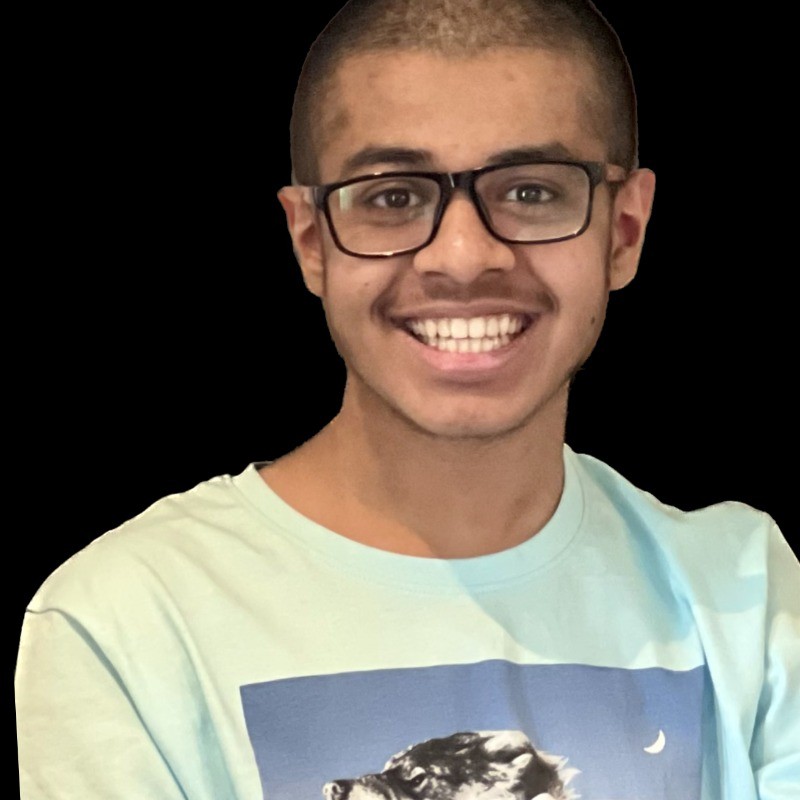(April 18, 2024) Having doctor parents, who work as a gynaecologist and an anaesthesiologist, emergency cases were the norm. But with no one to take care of him at home, Archit Patil would often accompany his parents to the hospital. After successful surgeries, he could see happiness on his parents’ faces but maternal deaths left them devastated. “I witnessed the emotional trauma my parents would go through. Feeding my curiosity, I learned from my parents that there is no single/ideal method to measure post-delivery blood loss accurately during childbirth. This information gap leads to a delay in diagnosis and the tragic death of mothers despite marathon efforts by the medical team. This inspired me to find a solution to the problem,” said Archit, who ended up designing a PPH cup that can efficiently measure postpartum blood loss, thus preventing maternal deaths. The innovation earned him Pradhan Mantri Rashtriya Bal Puraskar in 2021.

Archit Patil
How it began
It all began in Grade 6 when while working on a science project on sanitary waste for the Dr. Homi Bhabha Balvaidnyanik Competition, he learnt about menstrual cups. Understanding their design and functionality gave Archit the idea of a postpartum haemorrhage cup. He discussed the idea and started building up the initial prototype using a spare menstrual cup from his mother to create a metal mold. This prototype was then showcased to obstetricians within his parents’ professional circle who could help perfect the design with their feedback.
After a few modifications, the prototype underwent testing for safety and toxicity at the Indian Drugs Research Laboratory (IDRL) in Pune in March 2020. Explaining the usage of the PPH cup, Archit said that made from medical-grade silicone, the cup is inserted into the birth canal either before or after a cesarean section, or following a natural childbirth. “It has two ports at the end. One is for attaching the blood collection bag, while the other provides a facility for suction to avoid blockage of the system due to blood clots. As we create negative pressure in the suction machine, we can directly suck out the blood clots and that can help prevent atonic postpartum haemorrhage, and thus present a real chance of saving the mother’s life,” he added.


Creating an impact
Archit’s father – Rahul Patil, a gynaecologist, calls it a life-saving device as it provides doctors with precise real-time measurements of blood loss, crucial for managing postpartum haemorrhage, especially within the critical ‘golden hour.’ “At present, there is no such prevalent method to measure blood loss. My son’s innovation will revolutionise the way post-delivery blood loss is monitored in clinical practice and reduce maternal mortality and morbidity,” he had added.
In the last few years, the device has been used by over 50 hospitals across the country, and Archit is happy that his innovation is saving the lives of mothers. Moreover, the device doesn’t add to the issue of medical waste as it can reused after autoclave and sterilisation.
Archit credits his parents for encouraging him in this journey of innovation. “From networking with professionals from their field to offering financial support needed to take my innovation from an idea to an actual product, they played a pivotal role,” he said.
Keen to learn artificial intelligence, machine learning, and coding, the teenager wants to get into the best universities in the world. He believes it’s important to work hard and push towards your goals. “This world needs to think of developing many more smart and sustainable solutions for a variety of problems.”
His remarkable achievement at a young age epitomises the power of innovation and compassion. His invention of the PPH cup, designed to potentially save countless lives during childbirth, marks a significant leap forward in maternal healthcare. With his dedication and determination, Archit has not only demonstrated his talent but also his commitment to making a positive impact on the world. His story serves as an inspiration to young minds everywhere, reminding us that age is no barrier to making a difference and that even the simplest of ideas can have profound and life-saving implications.
- Follow Archit Patil on LinkedIn




